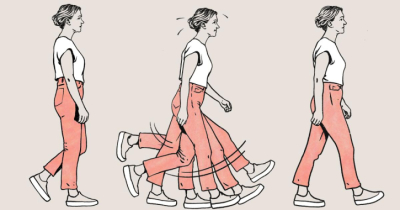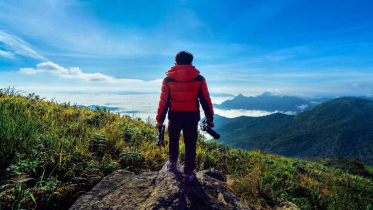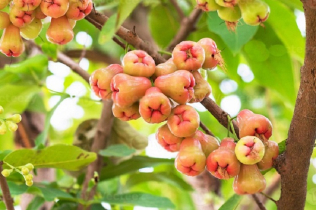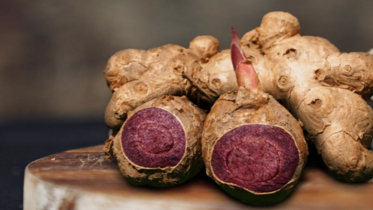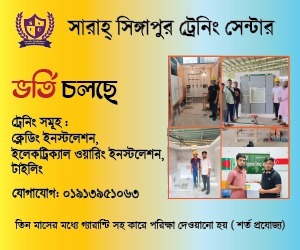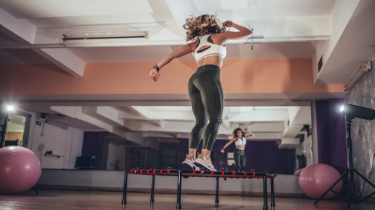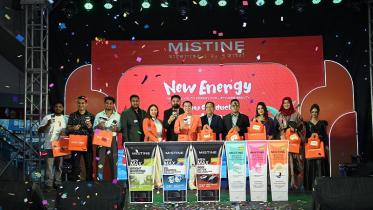Ultra-Low-Stress “Zone Zero” Movement Offers Big Health Gains with Minimal Effort
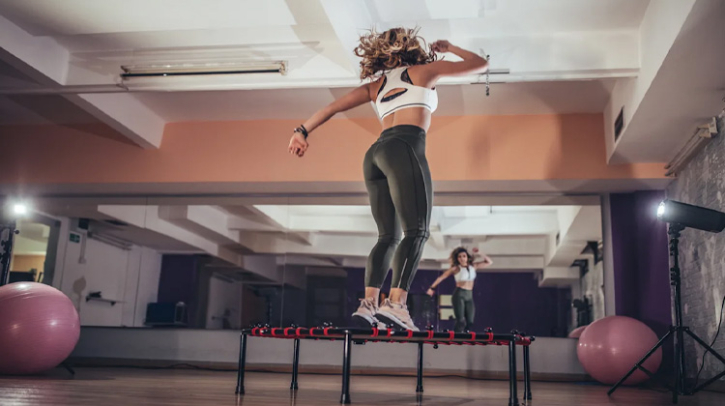
Published : 19:57, 12 August 2025
In an era that glorifies high-intensity workouts and relentless productivity, a quiet yet powerful movement is gaining momentum: Zone Zero, the sweet spot just above total inactivity. This ultra-low-stress approach involves everyday movements such as slow walking, gentle standing, light household chores, or even stretching at a standing desk action that keep your heart rate below 50% of its maximum.
Despite its simplicity, the benefits of Zone Zero are anything but trivial. Integrating modest movement throughout the day helps stabilize blood sugar by reducing post-meal glucose spikes, supporting better metabolic health and lowering the risk of type 2 diabetes. It also leans on fat stores more than glucose for energy, aiding in weight control without the stress of intense workouts. On the mental front, subtle motion acts as a natural mood booster, helping curb stress and improve overall emotional resilience.
Experts praise Zone Zero for being inclusive and accessible, it requires no special equipment, preparation, or fitness level, making it an ideal starting point for the sedentary and a valuable complement for seasoned athletes. For beginners, it offers a gentle entry into habitual movement without intimidation. For athletes, it promotes recovery, prevents burnout, and may enhance endurance through mechanisms like improved cardiac adaptation and muscle fiber conditioning. Research even suggests that supplementing high-intensity training with low-stress movement can yield better adaptations.
Crucially, daily consistency even with light activity is linked to increased longevity and lowered mortality rates. The cumulative effect of micro-movements whether it's parking further from the store, taking walking breaks during calls, or an evening stroll can transform health trajectories. This approach flips the script: instead of framing the day as workout vs. rest, Zone Zero encourages us to blend gentle activity into the tapestry of our lives, making well-being easier, sustainable, and far less daunting.
Sources
The Guardian



